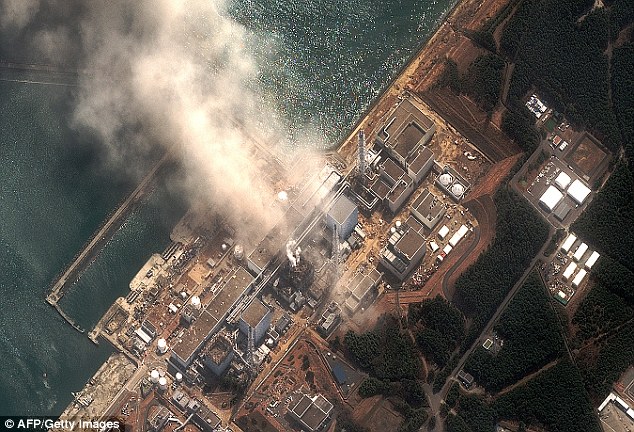By Tray Wetherell
Editor-In-Chief
Reports from the Kyoto news agency this morning indicate that reactor number 3 at the battered Fukushima Daiichi nuclear plant is now partially exposed after a water pump that was flushing sea water into the reactor core stopped running due to a lack of fuel. This after a second hydrogen explosion was seen yesterday. Concerns mount as the cooling system for reactor 1 continues to malfunction and fears of a hydrogen explosion at that reactor climb.
Prime Minister Naoto Kan speaking to reporters said “This is Japan’s most severe crisis since the war ended 65 years ago,”
Even as engineers at the Fukushima Daiichi nuclear plant continue to struggle with containing and restoring the cooling systems for the reactors, aftershocks and recovery efforts continue. “While the fuel rods were exposed, they were exposed temporarily and are now covered again…” said one official who was unnamed as he was speaking to reporters. While the nation struggles with recovering from the tsunami and earthquake, it may be the Fukushima Daiichi nuclear plant that will be the biggest aspect of this disaster that will have global implications.
Not Chernobyl
Unlike the Chernobyl disaster, the reactors at the Fukushima Daiichi nuclear plant are different in design, and should not suffer the same fate. However, human experience with nuclear accidents is one of disaster and quarantine. At Chernobyl as an example when the explosion occurred, tens of thousands of pounds of radioactive dust and debris was thrown into the air and caused radiation spikes across the globe. The effects which are still felt today in the Ukraine and around the world include increased incidents of birth defects, stillborn births, cancer, and at Chernobyl proper, there is a “quarantine zone” where human habitation has stopped all together and the land surrounding it in a 18 mile radius. Within this radius you can see abandoned cities that resemble a post-apocalyptic nightmare.
While the possibility of a meltdown cannot be denied, experts debate that at Fukushima, the possibility of a Chernobyl style meltdown and disaster should not happen and that eventually the situation will improve.
Precautions
Japanese officials have ordered the evacuation of all people living within a 12 mile radius of the nuclear plant. There have been reports that with each explosion at the nuclear plant radioactive iodine and cesium are being released into the atmosphere. Radioactive vapor is being released to lower pressure in the reactor core, and the nuclear plant is going to be pumping sea water into the reactor to control the reactor further. Questions remain as to the impact of this technique environmentally with the surrounding ocean although all agree that doing this is better than simply allowing the plant to melt down. As the nuclear disaster plays out, the U.S. Navy is moving the air craft carrier sent to the region after indicating radiation levels within their vicinity were rising and that they did not want to take any chances.




